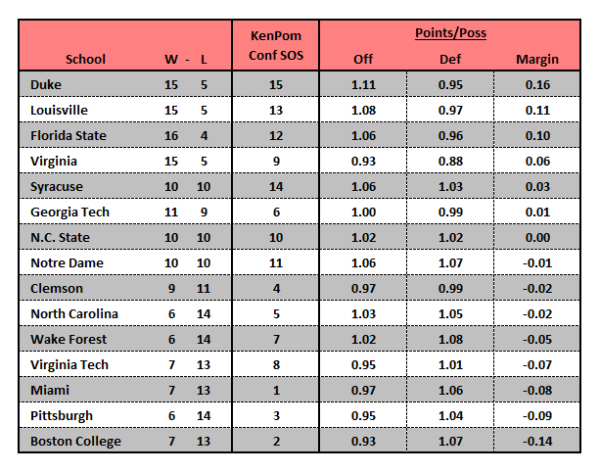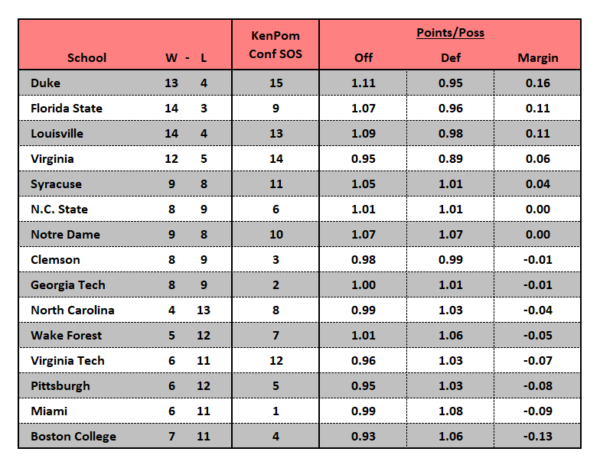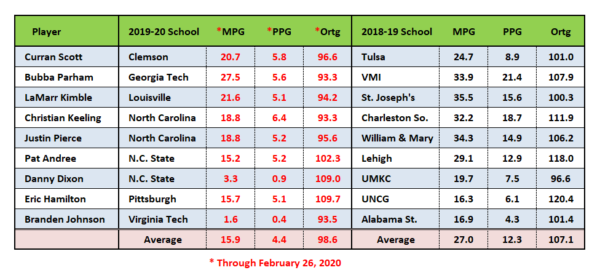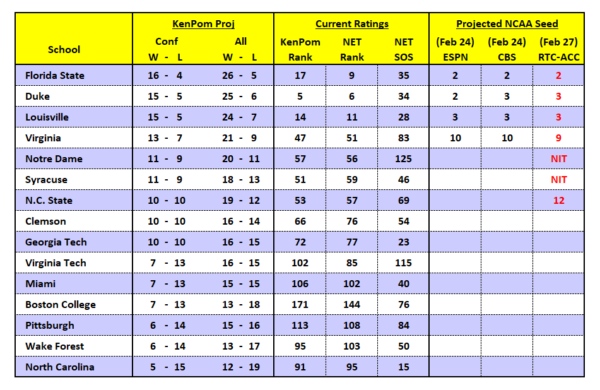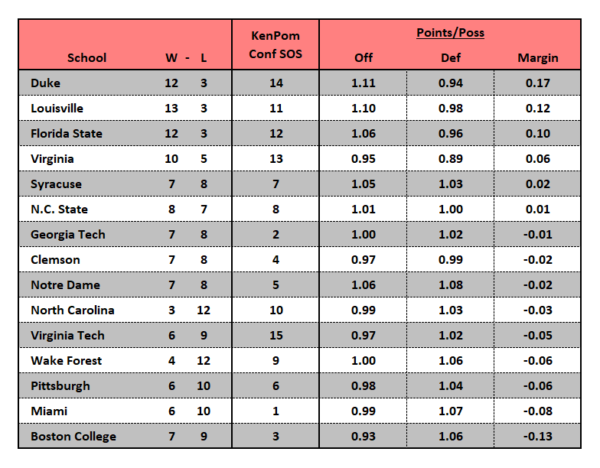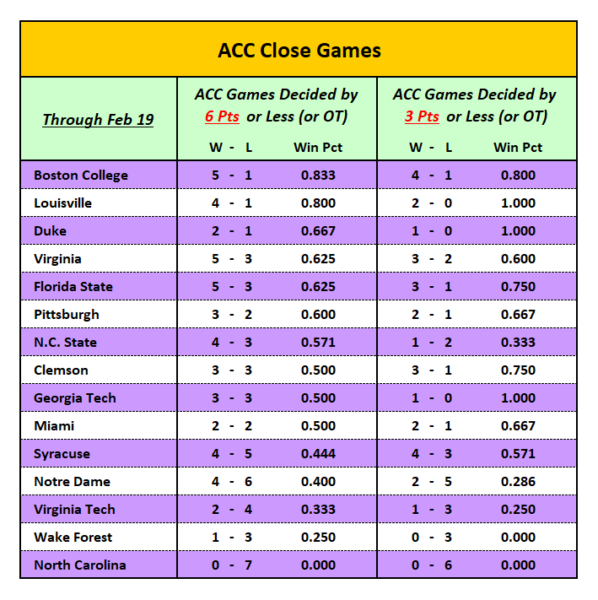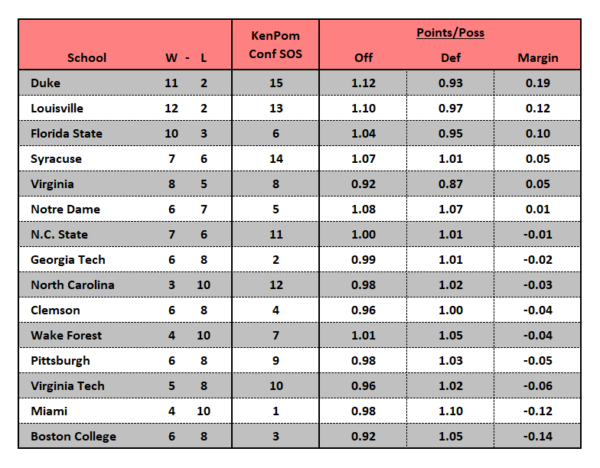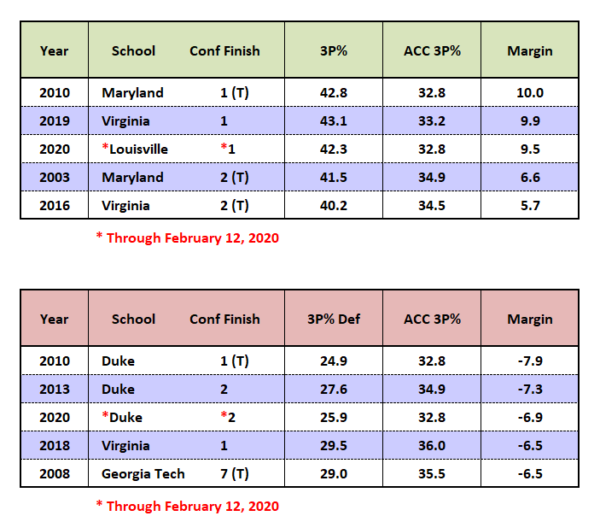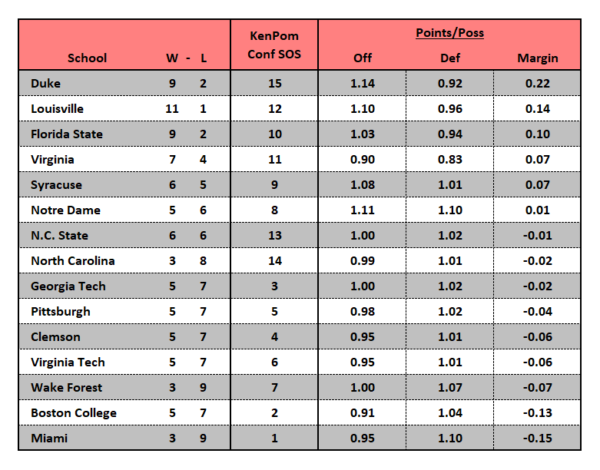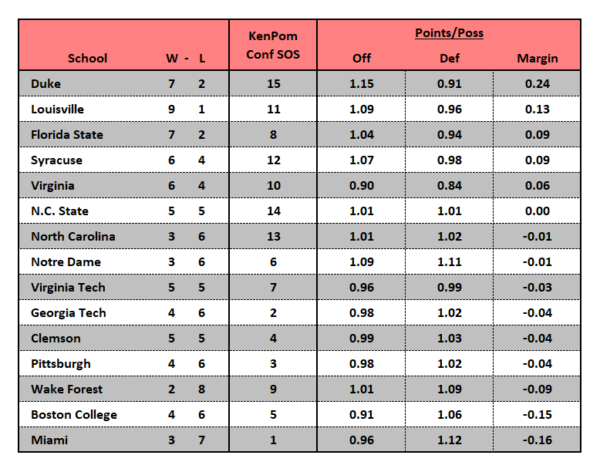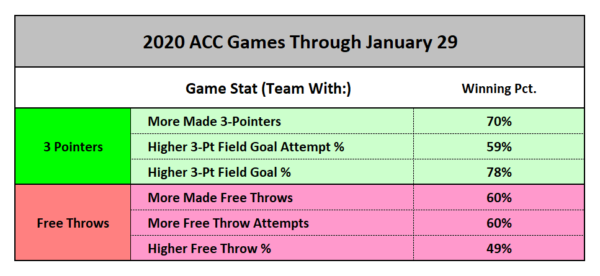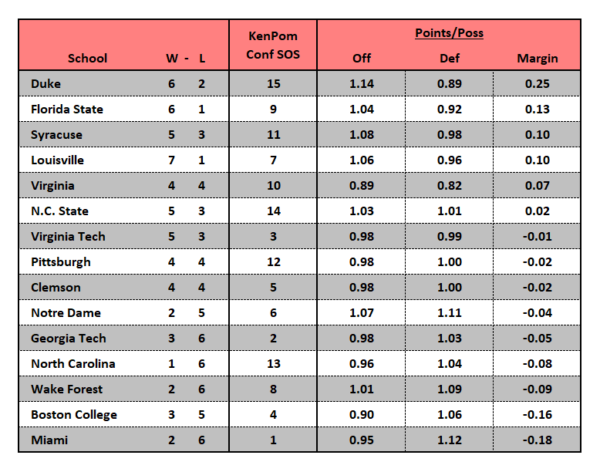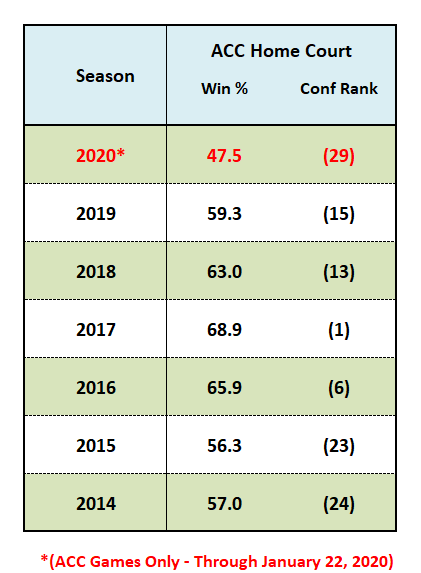Ten Questions to Consider: Rematches and Road Tests
Posted by Matthew Eisenberg on January 8th, 2021As the season progresses, teams are beginning to face many different challenges. From injuries to key players, to rematches against conference foes and battles against ongoing trends, teams must adapt and grow to have continued success as the calendar continues to move on. Here are 10 questions I have for the action set to unfold over the next few days:
- Can Texas erase last season’s nightmarish trip to Morgantown with a dominant performance of its own? (Texas @ West Virginia, Saturday, 1 PM EST, ESPN) Last season, the Longhorns’ road trip to West Virginia ended with a lopsided 97-59 loss. Texas had a -10 turnover margin and surrendered 23 offensive rebounds. West Virginia is coming off of a win against Oklahoma State, a game in which the Mountaineers trailed by 19 points with 11:15 to go.
- After a tale of two halves in the first match-up, can either the Buckeyes or Scarlet Knights assert control for 40 minutes? (Ohio State @ Rutgers, Saturday, Noon EST, Big Ten Network) In the first match-up between these teams on December 23, Rutgers won the first half by 10 points while Ohio State won the second half by 22. One key for Ohio State was its ability to get to the free throw line in the second half, making 17-of-21 after going just 5-of-8 at the line in the first half.
- Can Clemson keep up its terrific start by doing something that it has done just once before? (Clemson @ North Carolina, Saturday, 7 PM EST, ESPN) Clemson is currently 9-1, has five wins against the KenPom top 50, and as of Thursday morning, boasts the nation’s best adjusted defensive efficiency rating. Clemson’s defense creates a high-rate of turnovers, an area that can trouble the Tar Heels. The Tigers ended a 40-game losing streak at North Carolina with its win in Chapel Hill last season.
- How will the loss of Chris Smith impact the Bruins’ trip to the desert? (UCLA @ Arizona, Saturday, 9 PM EST, ESPN) UCLA learned of Chris Smith’s torn ACL shortly before its game last week against Colorado. This week they begin the desert trip with Arizona State before taking on Arizona on the weekend. The Bruins have won three straight in Tucson for the first time since the early 1980’s. Earning either a split or a sweep in Arizona will tell a lot about UCLA moving forward.
- As well as Alabama has been playing, might they have room to get even better? (Alabama @ Auburn, Saturday, Noon EST, ESPN2) The Crimson Tide are 3-0 in SEC play with wins already over Tennessee and Florida. Alabama is shooting 32.3 percent on its three-point attempts for the season, but have been making 39 percent of their attempts in league play. Among those to find their shot has been John Petty, who after starting the year 11-of-39 from deep, has made 10 of his last 20 three-point attempts.
- Can the undefeated Drake Bulldogs continue to roll against its stiffest competition? (Loyola Chicago @ Drake, Sunday, 6:30 PM EST, ESPN2) The Drake Bulldogs are a dominant 13-0 with an average margin of victory of 24 points to start the season. Loyola-Chicago’s top-50 KenPom ranking will be the highest of any Drake opponent by roughly 100 spots. For Drake, a trio of former Florida Southwestern players led by Shanquan Hemphill’s 14.2 points per game has been a big reason for the early success of the Bulldogs.
- Will this Big Ten battle come down to the stars again? (Minnesota @ Iowa, Sunday, 2:30 PM EST, Big Ten Network) In the Christmas day matchup between Iowa and Minnesota, Minnesota dug itself out of a seven-point deficit in the final minute behind Marcus Carr’s shotmaking which forced overtime and eventually gave the Golden Gophers the win. Carr finished with 30 points and six made threes, while Iowa’s Luka Garza had a game-high 32 points. Garza grabbed 11 offensive rebounds in the game, with Iowa as a team tallying 27.
- Can Fatts Russell work his magic on the road or will VCU remain undefeated in the A-10? (Rhode Island @ VCU, Saturday, 2 PM EST, CBS Sports Network) The last time these teams played last season, URI’s Fatts Russell scored 30 points, with 16 coming at the free-throw line. The Rams come in struggling having lost four of six, with one of those wins coming after trailing Saint Joseph’s by four with just 20 seconds to go. VCU comes in having won seven straight games and with its defense creating plenty of frustration with an average of 19.2 forced turnovers over its last five games.
- Can UConn take advantage of what has been an ineffective Butler defense? (Connecticut @ Butler, Saturday, 4 PM EST, CBS Sports Network) After having a top-30 ranked effective field-goal defense last season, Butler’s eFG% defense currently ranks among the bottom 50 nationally. If Butler is able to force misses, keeping a Huskies team that ranks among the top five nationally in offensive rebound rate could lead to constant pressure on the Butler defense.
- How will UC San Diego fare in its first game in league play at the D-1 level? (UC Irvine @ UC San Diego, Friday, 7 PM EST, ESPN3) The Tritons have played just two games on the year, both coming before Christmas against Saint Katherine of the NAIA. UCSD gets UC Irvine on both Friday and Saturday for its “welcome to the Big West.” UCSD went 30-1 last season and finished the year ranked third in the final D2SIDA rankings





























